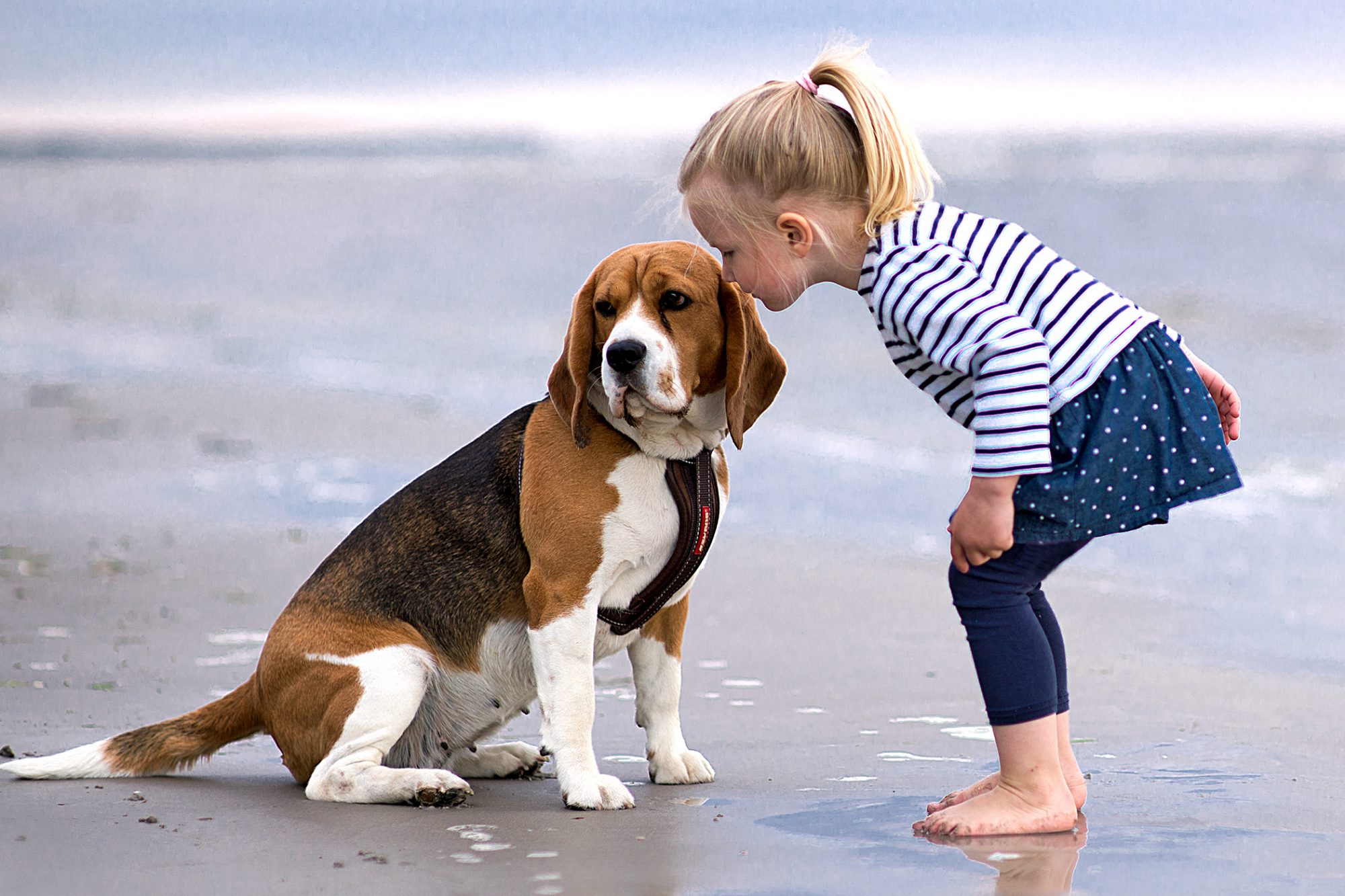
Adopting a dog or caring for one for an extended period of time is a huge responsibility. As a result, anyone considering taking over must be completely familiar with the care and special demands of each breed, such as a beagle, in order to determine if they are qualified to cover them and if their lifestyle is suitable for the organization.
A beagle’s physical traits and disposition must be thoroughly understood. Furthermore, it is critical to learn about its origins, the perfect food it requires to grow up healthy, hygiene, education, and socialization from the time it is a puppy. Continue reading this post if you want to learn more about how to care for a beagle.
Origin and History of The Beagle
Although the precise origin of the beagle is unknown, it is thought that the Romans were the first to develop this species in England to hunt rabbits. The beagle, on the other hand, gained popularity in the sixteenth century.
Various breed varieties existed till the end of the nineteenth century. The beagle breed as we know it now was eventually decided at the turn of the twentieth century. Although one of his main talents was hunting, he was also a companion dog for Queen Elizabeth I and other historical people and is still one of the most popular dogs in homes today.
Beagle Characteristics

The following are some of the main characteristics of beagles:
- It is a medium to a small dog, weighing around 15 kg and standing between 33 and 40 cm tall.
- Their average life expectancy is between 12 and 15 years.
- Its wide, long ears with a rounded tip stand out among its physical qualities.
- Her charming and appealing beauty is enhanced by her huge brown eyes.
- His hair is multi-color: black, white, and orange-brown and is silky and short.
- It is a fairly social breed in terms of temperament. They enjoy interacting with people and playing with children.
- The beagle is a very friendly and loyal dog that can adjust to living in an apartment as well as in a rural estate, as long as it is given the minimum amount of exercise it requires outside.
- It is notable for its impetuous personality, which can play pranks on it owing to its hunting urge since its fearlessness causes them to be unaware of some risks. As a result, it is critical to train and educates him from the time he is a puppy in order to harness his boundless energy and to constantly be responsible for him.
Beagle Health
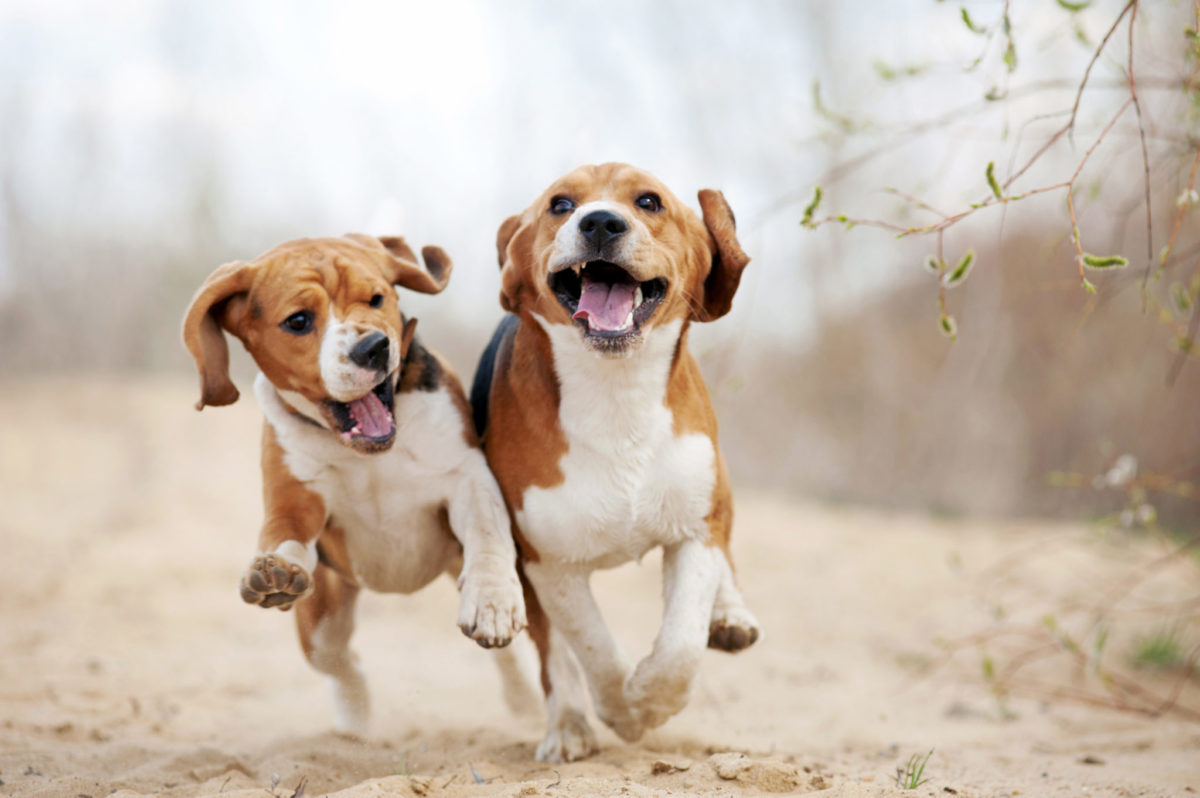
The structure of the beagle’s ears makes it susceptible to ear infections and moisture in the ear. Foreign items, such as corn ears, can also lodge in the ear canal, causing irritation and, in the worst-case scenario, hearing.
This breed is also susceptible to visual issues such as cataracts and glaucoma, which can result in gradual eyesight loss owing to an increase in eye pressure. Atopic dermatitis (induced by allergic reactions that produce itching, redness, and scaling) and alopecia are two skin disorders that the beagle can get.
Beagle Feeding

It’s critical to look after the beagle’s diet. They are dogs who enjoy eating, so if you do not keep track of the portions, the sort of food you give them, and their regular physical activity, they may become overweight. The sort of food you require changes based on your life stage, but you should always consume a well-balanced, high-quality diet that stimulates intestinal transit and helps you maintain a healthy weight. The following are the different forms of feeding for beagles based on their age:
Puppy: a crucial stage in the feeding of any dog, whether of this breed, another, or a mestizo. Beagle puppies require high-quality, healthful, and tasty puppy food, or a prepared diet tailored to their age, activity, and other factors. It must be appropriate for his age and nutritional requirements in order for him to grow strong and healthy.
Adults: portion sizes should be more carefully monitored, and exercise is required to avoid becoming overweight. It’s best to offer it a high-fiber diet to keep its intestinal transit under control. If your beagle has a few extra kg, go for a light feed, a diet with homemade food focused on helping it lose weight in a healthy way and helping its exercise.
Senior: Dogs’ joints, bones, and other organs deteriorate as they age, and we can start to notice it around the age of seven. As a result, a healthy diet can serve as the finest preventive medicine. To take the best possible care of your senior dog’s bones, joints, and other organs, use a customized diet created by a veterinarian.
Beagle Exercise
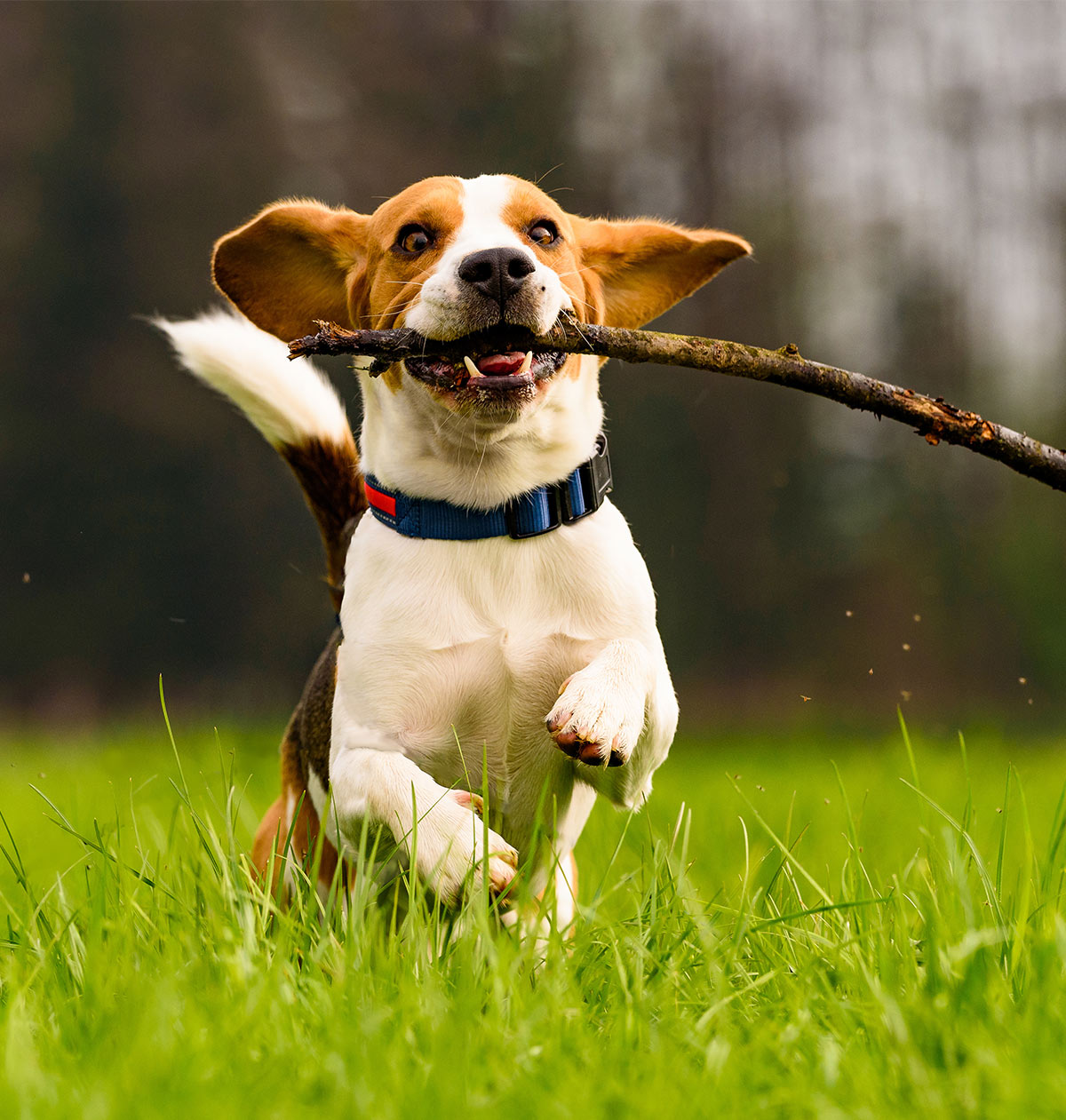
Beagles, as high-energy canines, require a lot of activity to stay healthy and happy both physically and emotionally. If you don’t have enough space in your home for your furry little one to run around, you should take him out at least three times a day or take him on lengthy walks. Make one of these walks at least an hour and a half long so that he may run and grow exhausted. It is a hardworking breed, therefore being outside on a regular basis is beneficial to its physical and mental health.
Beagle Hygiene
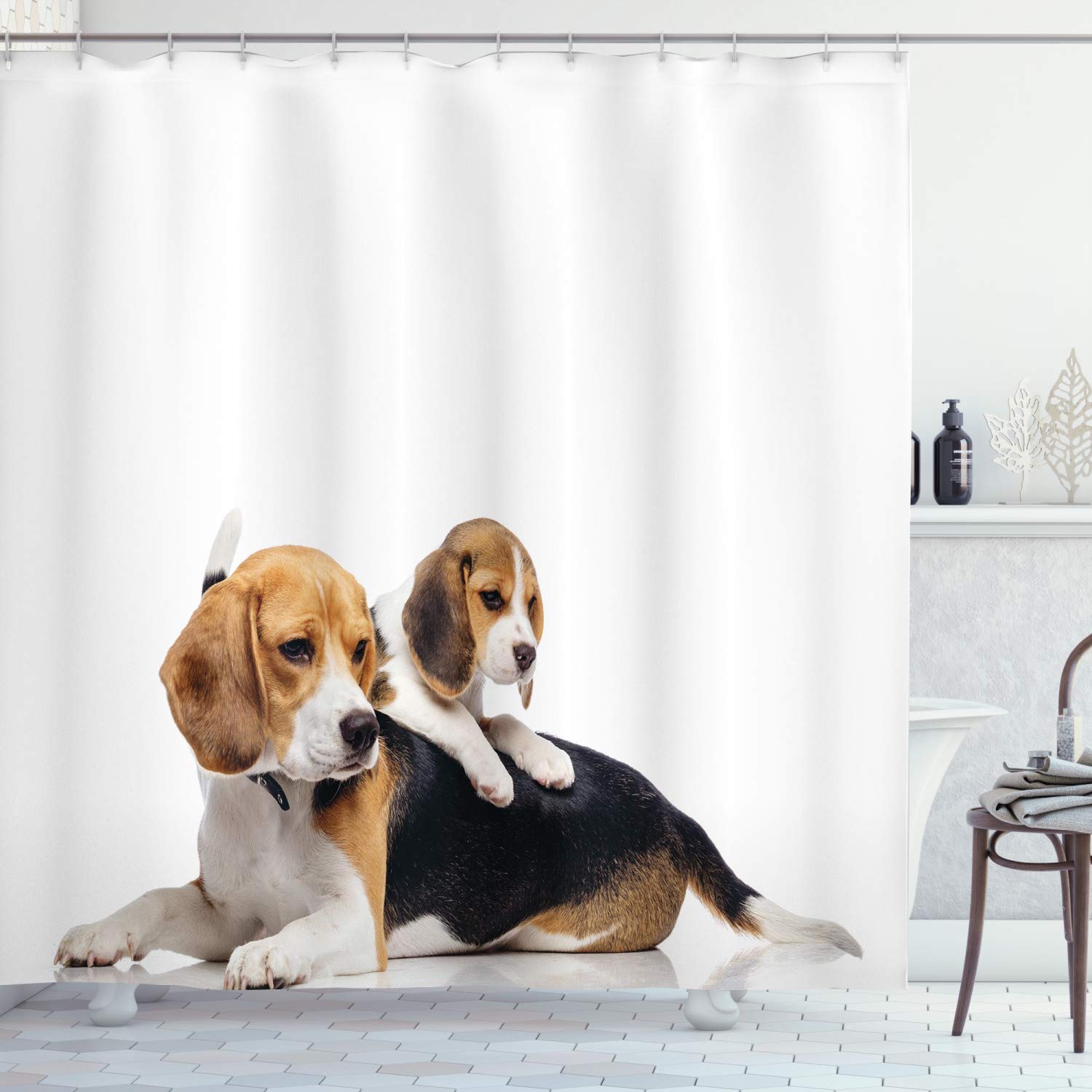
It will be simple for the beagle to keep its hair healthy and lustrous if it practices good hygiene. Brushing it two to three times per week and bathing it once a month should be plenty to keep it clean.
Pay special attention to their ears, which tend to collect moisture and filth due to their size and drooping appearance. Check them on a regular basis to make sure they’re clean and that they’re not causing any health issues.
Education and Socialization of The Beagle
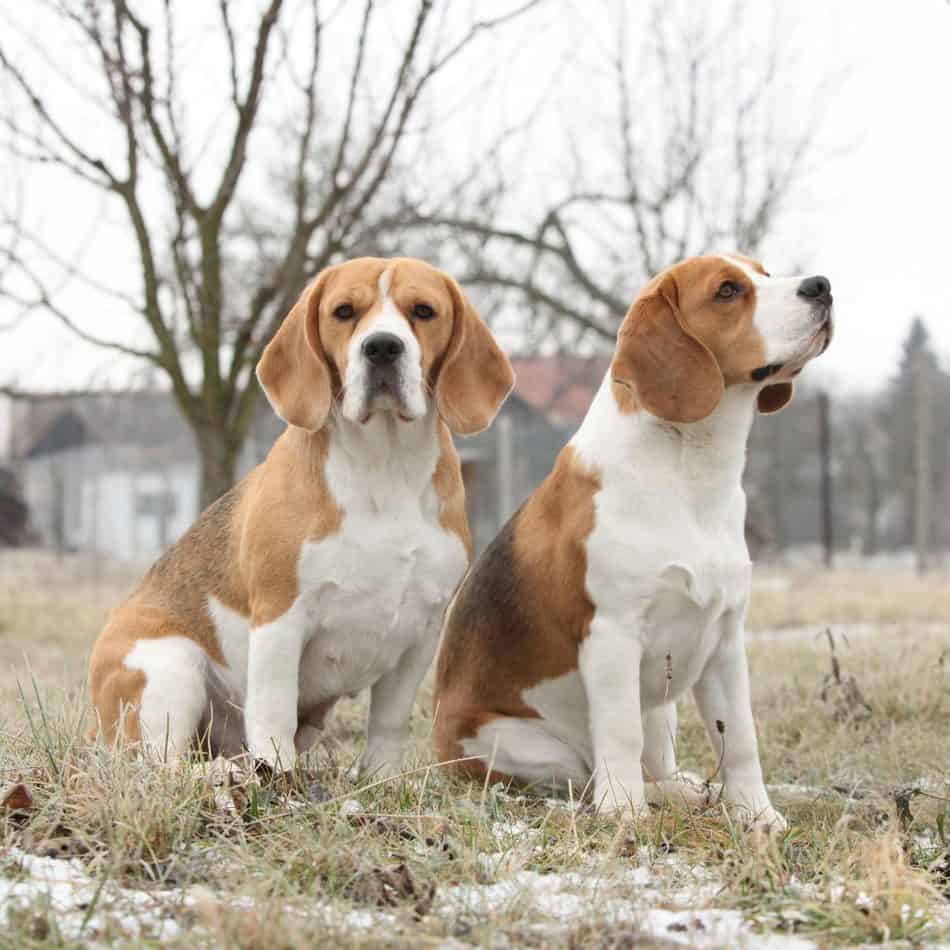
Because he is such a friendly dog, it is critical to train him so that he socializes properly, both for himself and for others. Despite being a gregarious dog with children and adults in general, it fosters this social attitude from a young age in order to avoid socialization issues later in life.
He has a strong bond with his family, and if he is apart from them for more than a few hours, he may have separation anxiety, resulting in disruptive behavior at home and possibly nonstop screaming until you return.
All of this necessitates their education, as well as ours in this regard, for their well-being and peaceful cohabitation with others. It’s a hard procedure because he’ll easily become sidetracked while you’re teaching him, putting your patience to the test. As a result, we propose that you seek out canine education specialists, such as ethologists or trainers, who will teach you, your dog, and the rest of your family how to live properly and teach the dog all he or she needs to know in a good manner.






